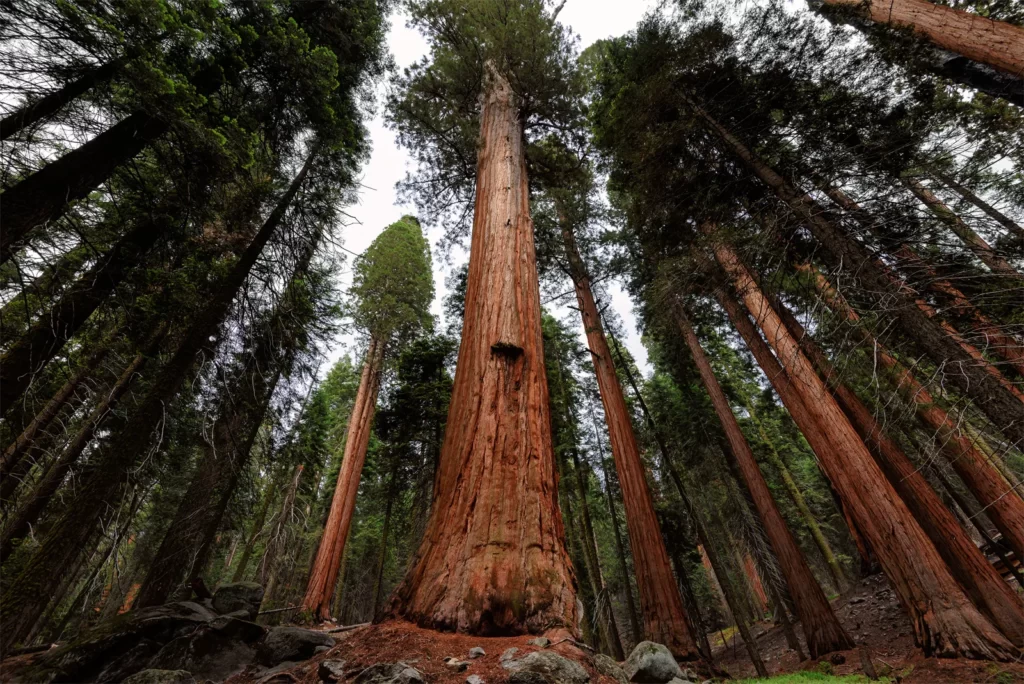As someone who loves the great outdoors, you understand the importance of caring for the natural world. However, sometimes you have to remove a tree to protect your family’s safety or make way for a necessary improvement. How Do I Kill Unwanted Trees without harming the surrounding environment, or impacting the other plants and animals in your yard?
Today’s techniques allow you to do so without harming other native flora and minimizing your impact on animal habitats. You must also decide whether to relocate the tree or make the best use of the raw materials it provides. Here’s your guide to removing unwanted trees without harming the surrounding environment.
Table Of Contents
Steps On How Do I Kill Unwanted Trees:
1. Do a Thorough Site Assessment
Your first order of business is to perform a site assessment. Doing so alerts you to the environmental conditions on your property and how your proposed tree removal will impact them.

For example, tree removal can allow invasive species to flourish if you aren’t careful. These species quickly create new root systems that can spread like wildfire. Removing the tree also means depriving the earth of the nutrients its decaying leaves or needles provide. Without them, less hearty species may perish, leaving the undesirable ones behind.
What should you look for during this process? Walk the property and observe, asking yourself the following:
- How will removing the tree affect other structures? You don’t want to trim limbs only to have them crash through your bay window.
- How will removing the tree affect other plant life? Species like aspens share a root system and removing one tree could damage the remaining ones you wish to save.
- How will removing the tree affect animal life? Do you have a family of friendly squirrels in a tree you must remove? Doing so during the months when they aren’t likely to be nesting gives them time to relocate safely before having their next litter.
- How will removing the tree affect soil quality? Trees prevent runoff and erosion, and removing them can alter soil quality in detrimental ways.
2. Utilize the Right Equipment
Using the right equipment matters for multiple reasons. One, it protects human safety, sparing you from risky stunts like ascending an oak with a chainsaw in hand.
Furthermore, it provides your best bet for safeguarding the surrounding environment and preserving soil quality.

For example, tracked lifts roll in on rubber tracks that protect the ground far better than standard tires. They let you protect habitats by allowing precision in cutting. If the limbs where critters live don’t threaten anything, you can work around them, preserving their habitats.
Here, too, your timing matters as much as the right rental. For example, it’s wise to plow and turn your soil in early winter before the first snow, enriching it with compost or manure to nourish your spring plantings.
The right heavy-equipment leasing company covers all your bases. Get the tools you need for tree removal and a complete property cleanup all in one place, and knock that chore off your to-do list.
3. Properly Dispose of the Removed Tree
How Do I Kill Unwanted Trees without damaging the surrounding environment is only half the battle. Deforestation impacts climate change, with each tree absorbing pounds of carbon annually. However, sometimes you have no choice but to remove a dying or diseased tree to protect those growing nearby, or relocate one to prevent it from destroying your home.
You can mitigate the environmental impact of removing a tree by properly disposing of it. Trees provide tons of raw material you can put to good use. Here are several ideas for how to process your felled tree sustainably:
- Give it away now: Contact local lumber companies, mills, woodworkers or homesteading neighbors who could use some fresh material, and let them have it as a gesture of goodwill and neighborliness.
- Check with your local composting company: You should avoid throwing organic material in landfills. Doing so results in methane emissions — a greenhouse gas heavier than carbon. However, most municipal waste disposal companies allow occasional composting — such as after holidays — and may pick up and compost your tree for a small fee.
- Cut it into firewood: If you don’t have woodworking projects but own a wood-burning stove, you have a free supply of firewood for the winter. Get out your trusty chainsaw and cut the three into rounds before splitting it for the hearth.
You can also repurpose the wood yourself in other ways, including those limbs too small for the fireplace. Add “wood chipper” to your heavy equipment rental list and make mulch. This substance protects your other plants over the winter, continuing the life cycle. It also eases the tug on your heart if you grew attached to the tree you removed.
Additionally, consider using the wood:
- To build a fence around your property or garden.
- To create furniture — imagine a hand-carved campfire seating set made of smoothed rounds.
- To create a habitat for small animals.
4. Replenish the Soil
If you choose to transplant your tree, you’ll need to do so with care. In general, you must save 10 to 12 inches of root ball diameter for each inch of trunk diameter. For example, you’d need to remove 30 to 36 inches of root ball for a tree with a 3-inch trunk.

You’re correct if you guessed that process leaves you with one heck of a hole. Even traditional tree removal creates a meteor-like indentation in your yard that threatens to break your ankles. Plus, you need to discourage invasive species growth by replenishing the area with desired vegetation.
Begin by filling in the depression with topsoil and organic matter. The soil will settle with time. Adding water can accelerate this effect and help you see how much you need. It also provides moisture for any seeds you sow.
Wait one week before taking further action to observe the soil settling. Add topsoil and organic matter, and plant your replacement shrubbery or garden. Of course, if you removed the tree to pour a foundation, skip the sowing and begin prepping the earth for concrete.
5. Target the Roots with Soil Treatment Soil treatments
This way are very effective at targeting tree roots, which will become unhealthily over time and eventually starve their trees of vitality. Choose a root killer specifically formulated for soil application instead of pouring down your pipes; apply as per manufacturer instructions.
Conclusion:
Removing unwanted trees without harming the surrounding environment can seem daunting, especially if you’re new to landscape work. However, the right approach makes it less cumbersome.
Use this guide to remove unwanted trees while maintaining the health and vitality of your landscape. A little extra care is all you need to make the process sustainable and respectful of other life.








